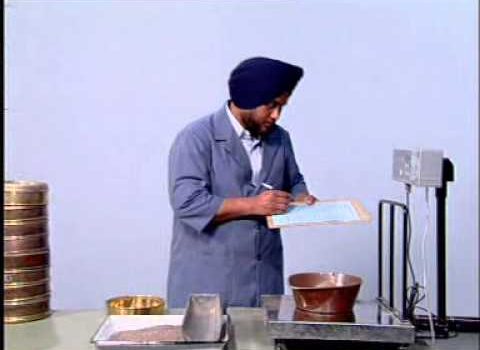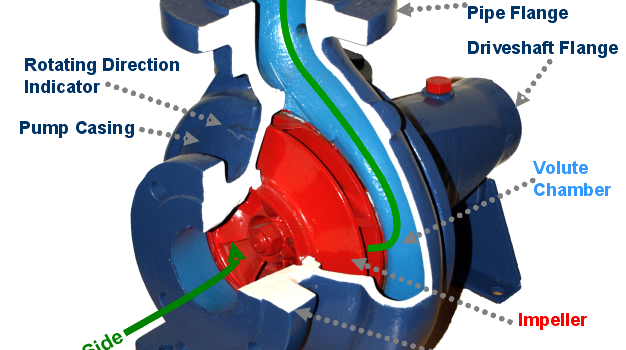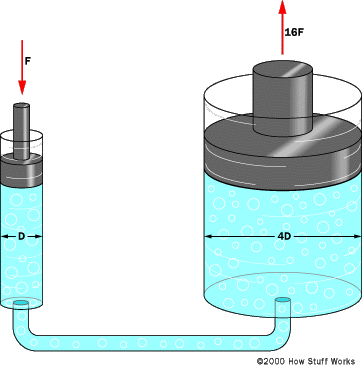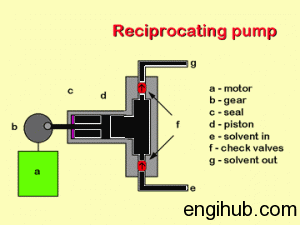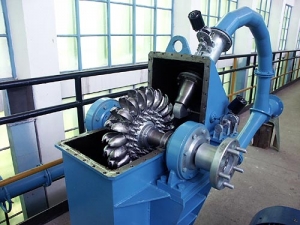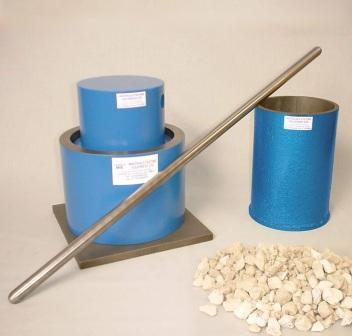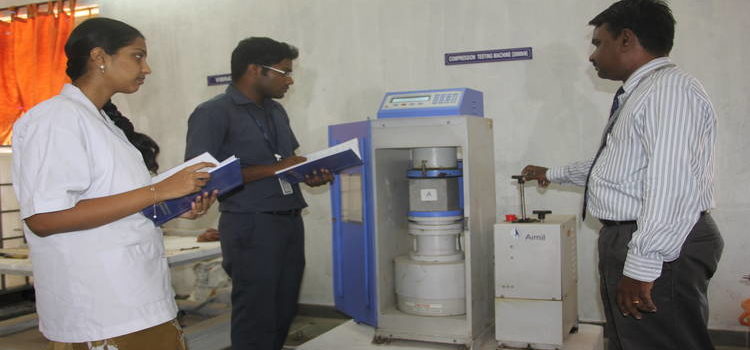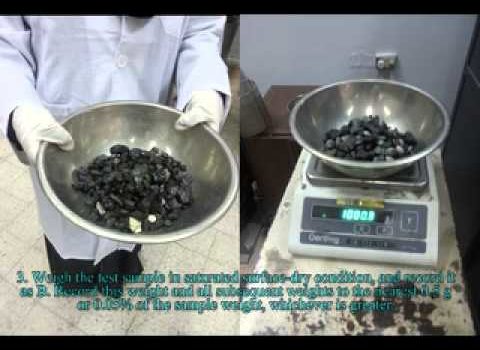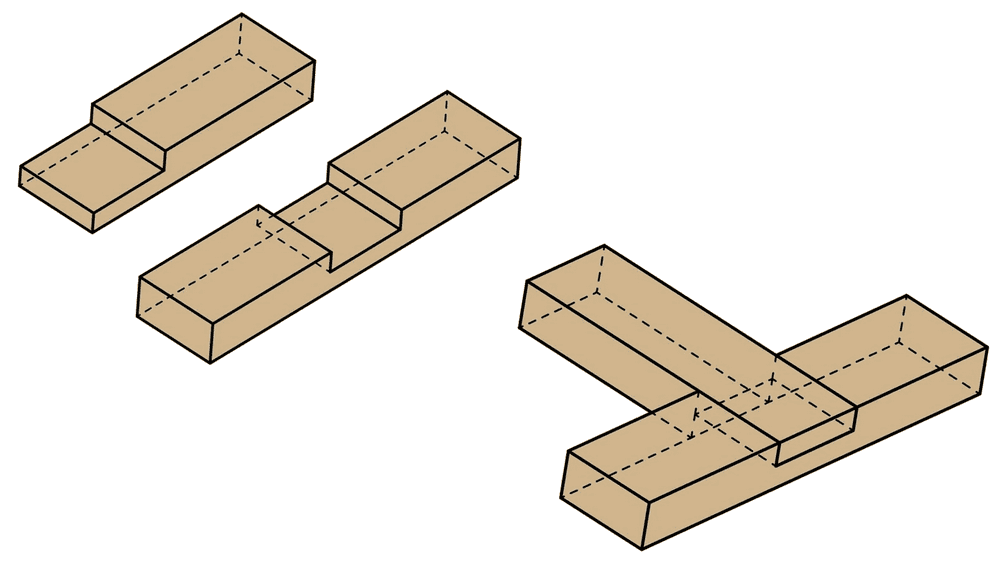Coarse aggregates are particles greater than 4.75mm, but generally range between 9.5mm to 37.5mm in diameter. They can either be from Primary, Secondary or Recycled sources. Primary, or ‘virgin’, aggregates are either Land- or Marine-Won.Secondary aggregates are materials which are
To Determine Sieve Analysis on Coarse Aggregate – Concrete Practical
